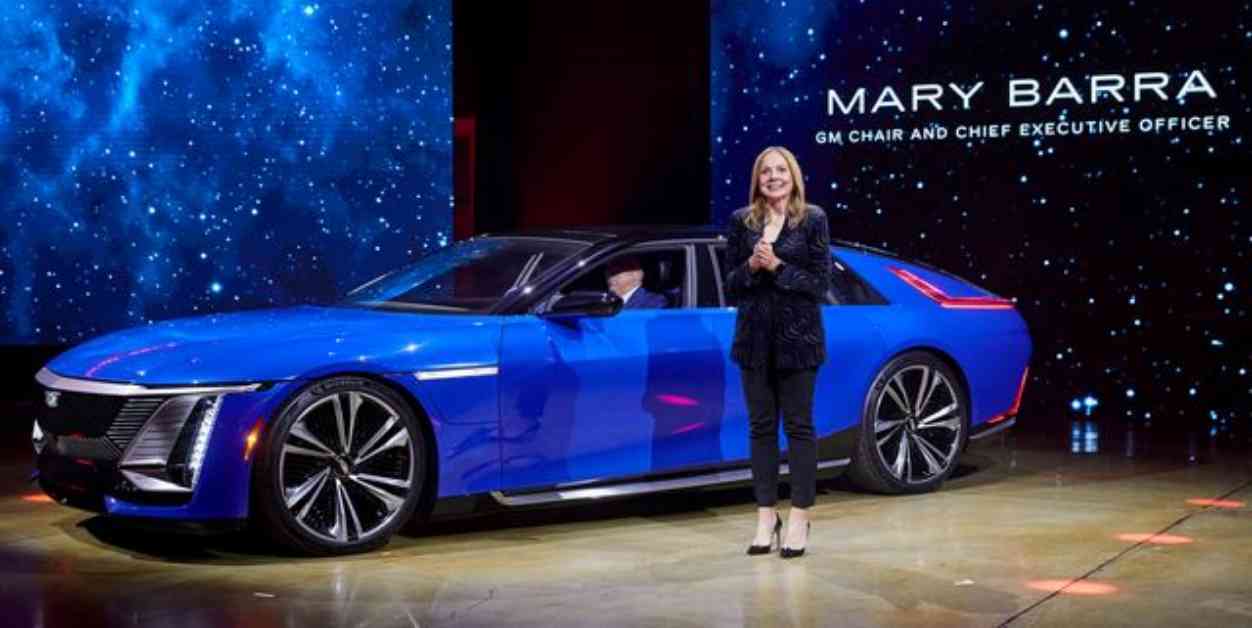Stellantis is expected to shift its focus to electric vehicles by 2040, according to analyst Sam Fiorani. Until then, a significant number of vehicles will continue to use internal-combustion engines. On the other hand, Tesla is planning a next-generation platform that will allow all its models to be produced more cost-effectively.
The traditional belief that the transition to an all-electric vehicle future will be a smooth and linear process has been challenged by recent trends. However, GM seems to be leading the way by potentially ending the production of internal-combustion engines within the next decade. Major automakers like Mercedes-Benz, BMW, and Toyota are also considering phasing out their separate EV subbrands.
Sam Fiorani, the vice president for Global Vehicle Forecasting at AutoForecast Solutions, emphasized the importance of developing dynamic platforms for future vehicles. These modern architectures offer flexibility in powertrain options, allowing automakers to respond to changing consumer demands. Dedicating platforms and plants to a single type of powertrain can be costly if demand shifts away from that particular technology.
Stellantis’s STLA platforms are designed to be native to battery-electric vehicles (BEV). Although they resemble traditional internal-combustion underpinnings, they can also support hybrid, plug-in hybrid, and gasoline engines. This contrasts with GM’s EV-only Ultium platform and Ford’s approach of building their all-electric F-150 Lightning off a gas-powered F-150 chassis.
In order to streamline production and reduce costs, automakers like Ford and Tesla are working on developing new platforms that can accommodate a range of models. By integrating electric vehicles into their existing model lineups, manufacturers can leverage the popularity of established names like the BMW 3-series, Mercedes E-class, and Volkswagen Golf.
GM’s commitment to transitioning to an all-electric lineup by 2035 remains firm, despite industry-wide sales slowdowns. The company plans to produce 1 million EVs in North America by 2025 and expects to build hundreds of thousands of EVs this year. However, delays in EV motor production at GM’s St. Catharines Propulsion Plant in Ontario have raised concerns about the company’s ability to meet its targets.
The shift towards electric vehicles presents both challenges and opportunities for the automotive industry. As consumer preferences evolve and technology continues to advance, automakers must adapt to stay competitive in the market. By investing in innovative platforms and embracing electric mobility, manufacturers can position themselves for success in a rapidly changing industry landscape.










